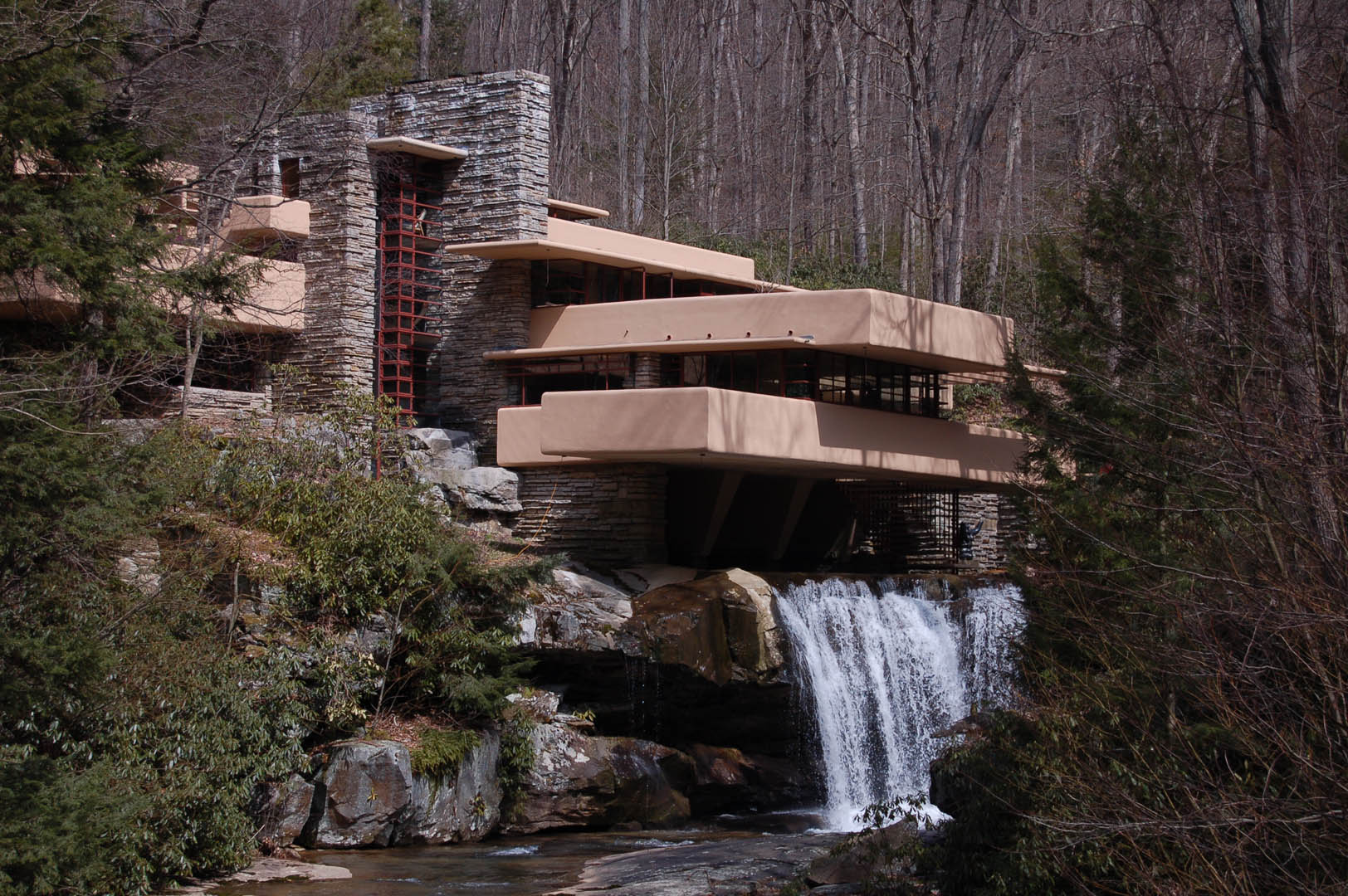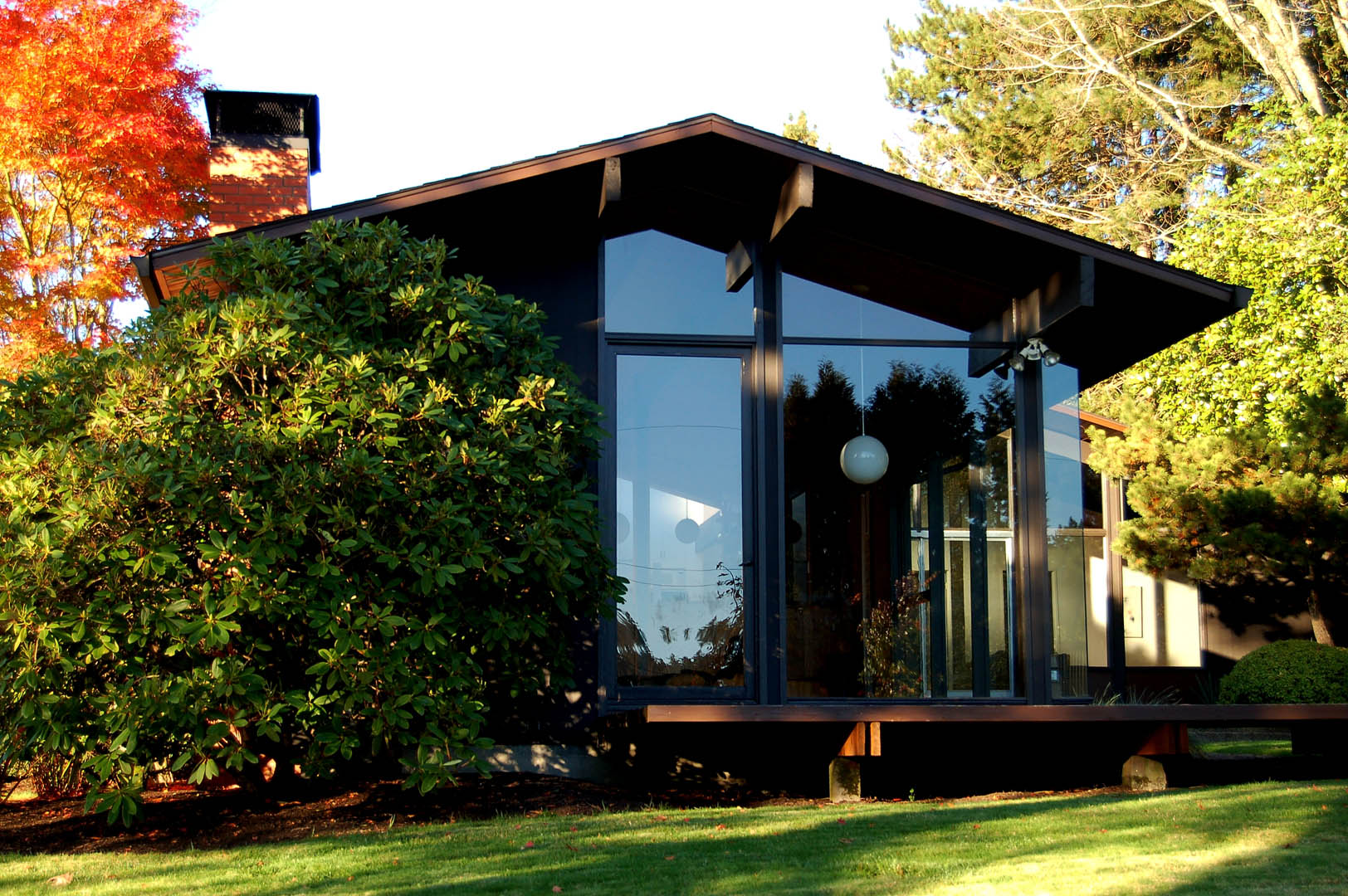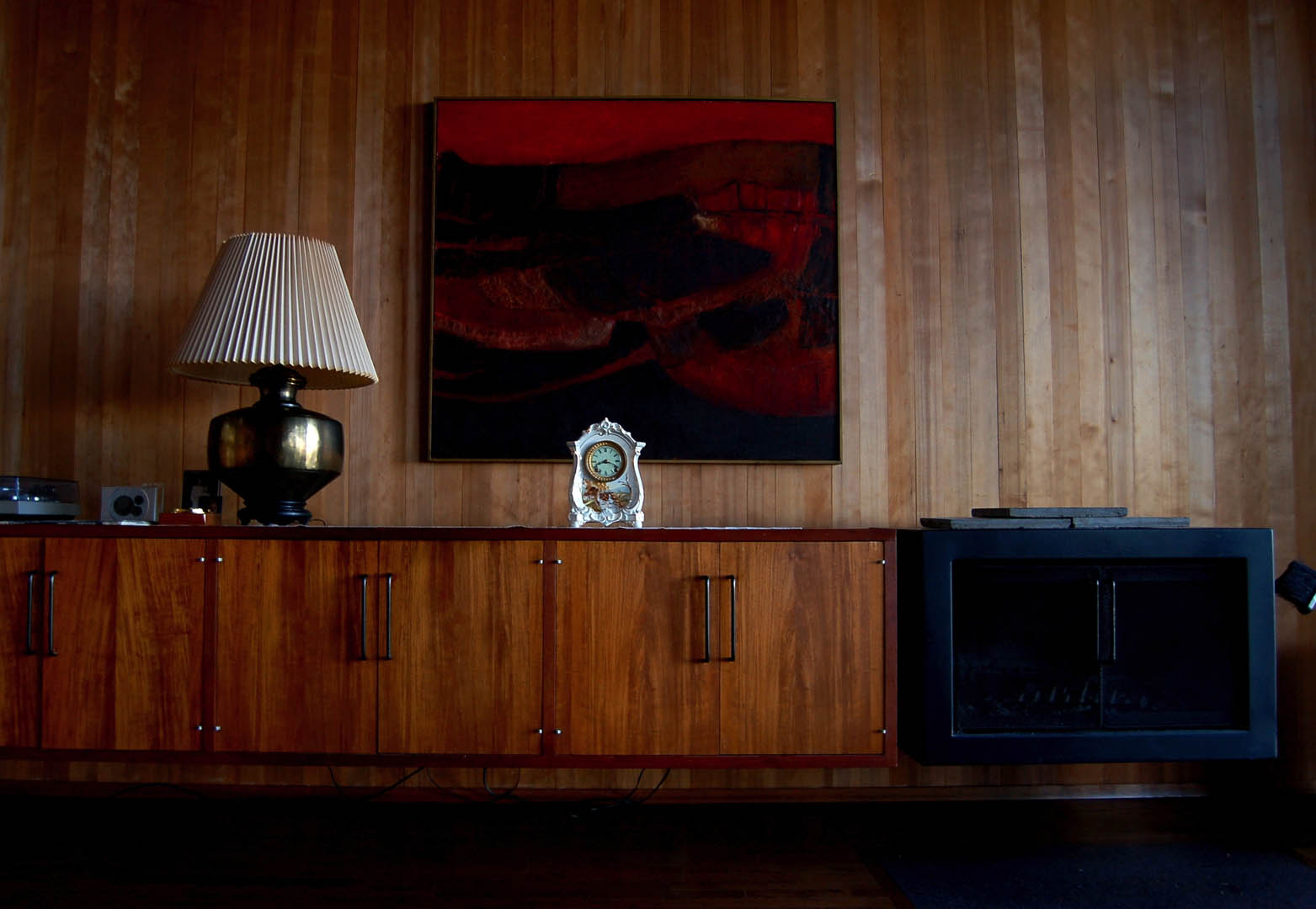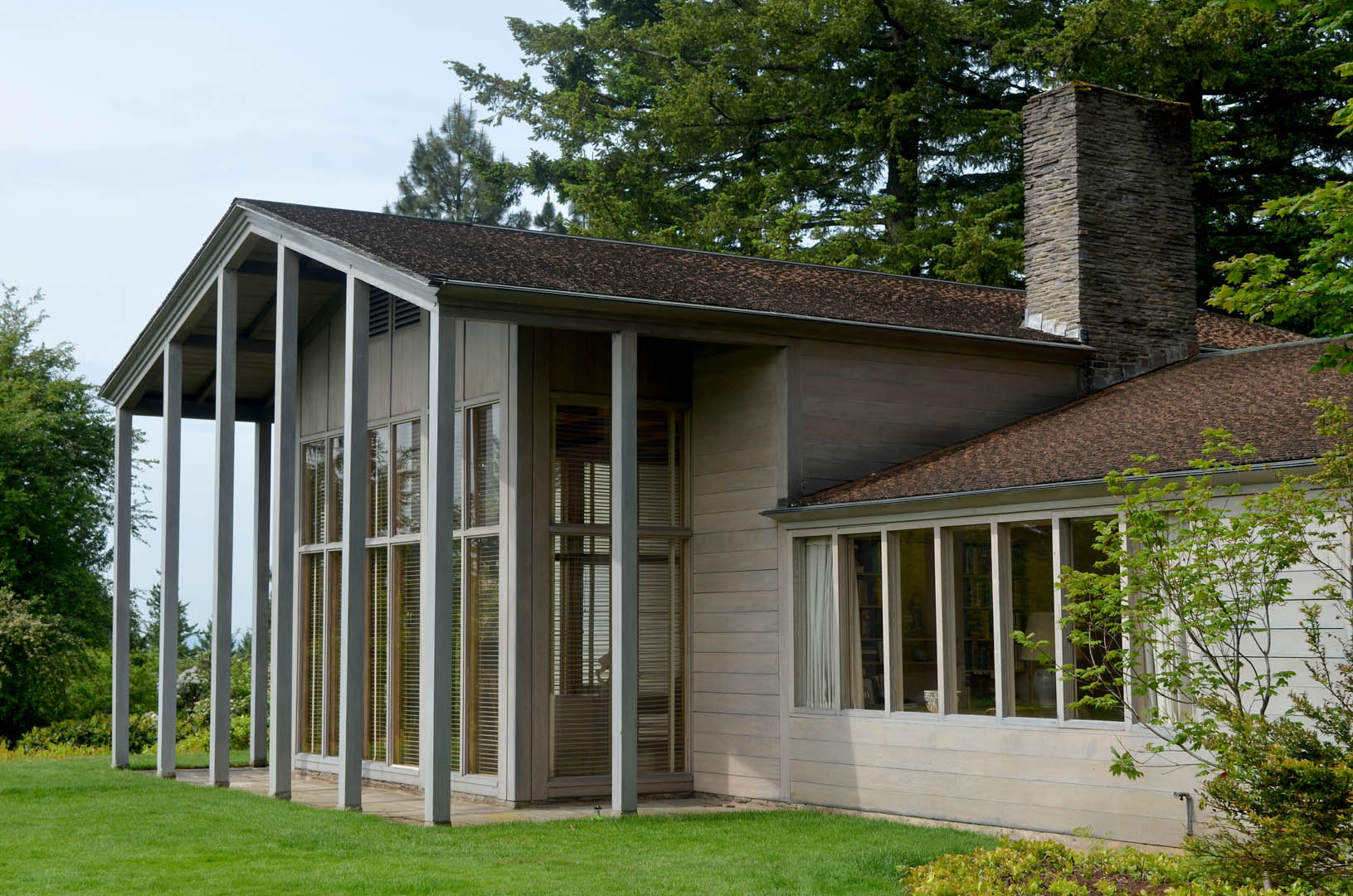
Modern: It’s a familiar term most all of us understand, yet it can mean different things to different people.
In design and other creative disciplines such as literature or art, modern can refer to a historic period—usually the early or mid-20th century—or it can refer to what’s new and of today. Take the Encyclopedia Britannica definition of modernism, which expresses this very duality: “in the fine arts, a break with the past and the concurrent search for new forms of expression. Modernism fostered a period of experimentation in the arts from the late 19th to the mid-20th century, particularly in the years following World War I.” Even the textbook refers to both old and new.
That’s why I often use the word contemporary to denote design from current times and reserve modern for midcentury. It’s why the phrase “modern and contemporary” is applied in related fields like art (including our own Portland Art Museum, home to the Jubitz Center for Modern and Contemporary Art). Yet to use the word modern interchangeably with contemporary isn’t wrong either. Honestly, there’s a bit of gray area best left up to personal interpretation.
But whether it’s modern or contemporary design, other than the time period, what do they really mean in terms of the buildings themselves?
It starts with simplicity, or in its more extreme form, minimalism: clean lines rather than fanciful ornament, as well as a simple color palette, and the use of glass to bring transparency. But don’t think of modern as austere or cold, which are the two most common stereotypes. (You wouldn’t believe how many homeowners and designers have told me, “It’s modern but it’s warm modern.”) Just think of it as a blank canvas for living our lives: with colorful art and furniture, or just the beautiful color of the light coming through walls of glass. And besides, here in the Northwest, our own brand of modern is more wood-ensconced, making it inherently more inviting.
Modern design is also about the relationship between buildings and the natural world: bringing as much natural sunlight inside as possible, and opening up to the outside whenever possible. Modern extends the house beyond its own walls, and rejects the either/or proposition of indoors and outdoors.
Ultimately, modern is more than textbook definitions or materials lists. In design and real estate, it’s a way of living. Yet that way of living is born from this architectural kit of parts and the history through which it has evolved. If modern is a malleable term, that’s exactly what makes it interesting.

Beginnings: of Wright and Mies
Modernism began as a kind of rebellion. In the 19th century, old monarchies were giving way to new democracies and the Industrial Revolution saw agrarian societies replaced by big cities filled with factory workers. Architects took advantage of new materials like steel and glass, seen for the first time in landmarks like London’s Crystal Palace (1851) and Paris’s Eiffel Tower (1889). That only accelerated after World War I, as societies across the globe were looking for a new start.
Here in America, the rise of modern design coincided with the emergence of the nation’s and possibly the world’s greatest 20th century architect: Frank Lloyd Wright. Born in 1867, Wright began his career designing landmarks like 1909’s Robie House in Chicago, 1905’s Unity Temple in suburban Oak Park, Illinois, and 1906’s Larkin Building in Buffalo. The Robie House and others in Wright’s Prairie School series of the 20th century’s first decade, with their flat roofs, plate glass and emphasis on horizontality, provided a kind of early template for the millions of modern houses that followed. Wright’s style would continue to evolve, culminating in 1935’s Fallingwater house in Pennsylvania, which in 1999 the American Institute of Architects named the top work of architecture of the 20th century.
Visiting Fallingwater ten years ago, and was one of the only buildings that ever brought me to tears. Wright harnessed an idyllic wooded, creek-side setting by terracing gently down its hillside to open itself to the landscape. And Wright had already formed, as had others of that generation, the key components of modern houses. Fallingwater had wide-open rooms that flowed into each other effortlessly. It used glass to frame panoramic views. It celebrated natural materials like wood and stone, and its interior, also by Wright, was in complete harmony with the exterior: it was all one thing. I also remember certain wondrous design details, like windows stretching around two walls, their panes retractable so the corners themselves could disappear.
Wright was far from the only voice. There is perhaps no more iconic early-modern residence than the Villa Savoye outside Paris by Swiss architect Le Corbusier. Built from reinforced concrete (embedded with steel for extra strength) and standing on stilts, it featured a wide-open floor plan and a flat roof that functioned as a terrace, with the ground floor left open as a covered outdoor space.
In European modernism we can’t leave out the Bauhaus, the fine art school in Germany operating from 1919-33 that combined crafts, fine arts and design. Walter Gropius was the Bauhaus’s founder and visionary, as well as the architect of its main building, itself a landmark of modernism with its massive curtain wall of factory windows. Yet the great architect to emerge from the Bauhaus, the one who impacted American architecture the most, was Ludwig Mies Van Der Rohe. Along with Wright’s Fallingwater and other masterworks, Mies’s Farnsworth House, an exquisite glass box 60 miles south of Chicago, is perhaps the ultimate expression of architectural poetry in American residential architecture. And even more than Wright, Mies may be the truest forerunner of today’s contemporary home: the kind of glass jewel celebrated in magazines like Dwell.
The Ubiquitous Ranch
Growing up in a cheap ranch house on the outskirts of McMinnville, Oregon in the 1970s, I wouldn’t have grasped any of that history. Yet my parents and I could have told you how our house was different from my grandparents’ cottage across town. We had a sliding glass door off the dining room table and a covered patio outside, allowing us all to move easily back and forth during warm months between the house and the back yard. And in our ranch house, unlike my grandparents’ older home, the combined open kitchen and dining room was the center, connected to everything. Our little subdivision home was a far cry from Frank Lloyd Wright, but it possessed some of the same basic DNA.
The first ranch houses were actually on ranches, in the American west, and they were generally U-shaped so cows or other livestock could be easily contained. Single story with pitched roofs, they were practical in their simplicity, and adapted well to post-World War II life with its emphasis on the automobile.
Ranch houses like my family’s tended to be cranked out in huge numbers from cookie-cutter builder plans rather than designed to order, lacking much nuance or craft or fine detail. Even so, their openness was something people clearly responded to. It was modern living even if the details and craftsmanship were cheap and unremarkable.

The Northwest Modern Style
Modern houses got more interesting as they adapted to a variety of regions and climates. In midcentury Southern California, for example, the Case Study Houses—a group of experimental homes by Richard Neutra, Charles and Ray Eames and A. Quincy Jones (among others)—became the new symbol of Hollywood glamor.
And here in the Pacific Northwest, modern design ideas were married with local materials and methods into an equally timeless architecture that remains beloved today.
Oregon designers like John Yeon and Pietro Belluschi, as well as their colleagues in Washington like Paul Kirk and Paul Thiry, gained notoriety for modern houses made from wood with pitched roofs and large overhangs.
It really starts with Yeon’s Aubrey Watzek House, completed in 1937, which arguably remains Oregon’s greatest work or residential architecture. John Yeon was only 27 years old when he received the commission, his first. The Watzek is a symphony of modern and other vernacular influences. Its meticulously clean-lined forms, walls of glass and open volumes make it modern, and the U-shaped configuration is a nod to the original ranch style. Its interior courtyard feels decidedly Japanese, while its coffered ceiling and west-facing columns are a throwback to a pre-modern era. The house’s simple overhanging pitched roof and unpainted cedar siding make it feel like a farm house or beach house. And it’s full of remarkable practical little design details, like retractable vents built into the walls that let the home breathe in Oregon’s mild climate. Yet the Watzek is so much more than the sum of its parts, and that was clear from the start. Not long after its completion, the Yeon-designed residence was exhibited by New York’s Museum of Modern Art, alongside works by the world’s greatest architectural masters.
The other must-know name in Northwest Modern houses, arguably even more than Yeon’s, is Pietro Belluschi. Though Yeon’s Watzek cannot be surpassed, Belluschi became Portland’s all-time most acclaimed architect, famous not just for houses but local landmarks like the Portland Art Museum and the Equitable Building (the latter of which has been called America’s first modern office tower), not to mention iconic architecture beyond our borders, such as New York City’s Pan Am Building (in collaboration with Walter Gropius) and San Francisco’s Cathedral of St. Mary of the Assumption (in partnership with Italian engineer Pier Luigi Nervi). Yet throughout his career, he remained a master of the simple single-family residence, whether it’s 1938’s Sutor House, 1947 Burkes House or many others scattered across Portland, the Oregon Coast and beyond.
Three years ago, I had the good fortune to write in Dwell magazine about the Sutor House’s restoration, overseen by Pietro Belluschi’s son, architect Anthony Belluschi. Even more than the Watzek, this simple house seemed to echo traditional Japanese architecture: it looked like a modern pagoda. But I particularly remember its interior design details, like a ceiling at the entry made from thin interwoven slats of Douglas fir, and a living-room wall clad with zebrawood.
A new generation continued to expand the Northwest Modern style in the 1960s, ’70s and beyond. There is Saul Zaik, whose houses dot the West Hills, from the beautiful Feldman House (also featured in Dwell) to his own residence. John Storrs designed not only houses but beloved Oregon landmarks like Salishan Resort on the coast. Architect Van Evera Bailey often created houses with soaring roof forms to drink in even more sunlight. We mustn’t forget William Fletcher, whose designs channeled the best of international modernism, and whose firm, FFA Design and Architecture, is still going strong today. And while he wasn’t an architect, local builder Robert Rummer took inspiration from the Eichler Homes of southern California—tract housing but borne from great designs—to construct scores of Portland area homes that uniquely blended indoor and outdoor space.

Today’s Modern Living
What does modern living mean today? In many ways a modern house in the 2020s is what it has always been: a series of interconnected rooms. There are the rooms where we sleep, and the room in the middle where we cook, eat and hang out—just more open and flowing into each other, and to the outdoors.
More than a century ago, modernism responded to changing times. Today, the world is changing again, as we incorporate other energy sources.
More than ever, we’re seeing plant life growing in, out and around buildings. We’re seeing creative use of timeless materials. I just wrote a home-magazine article about a house in Connecticut clad in cork: not just pulled from wine bottles and hammered into place but ground up, baked, and formed into panels.
And if we’re talking more broadly about sustainability, we also must consider population density, which reduces one’s carbon footprint. Today modern living is, perhaps, not about a house, but maybe an accessory dwelling unit behind a house: commonly known in the past as a granny flat. It’s actually easy to detach modern living from the realm of the single-family house because modern is about attitude and approach and flow as much as it’s about the physical building. Yet there will always be a place for the classic house with a yard too.
